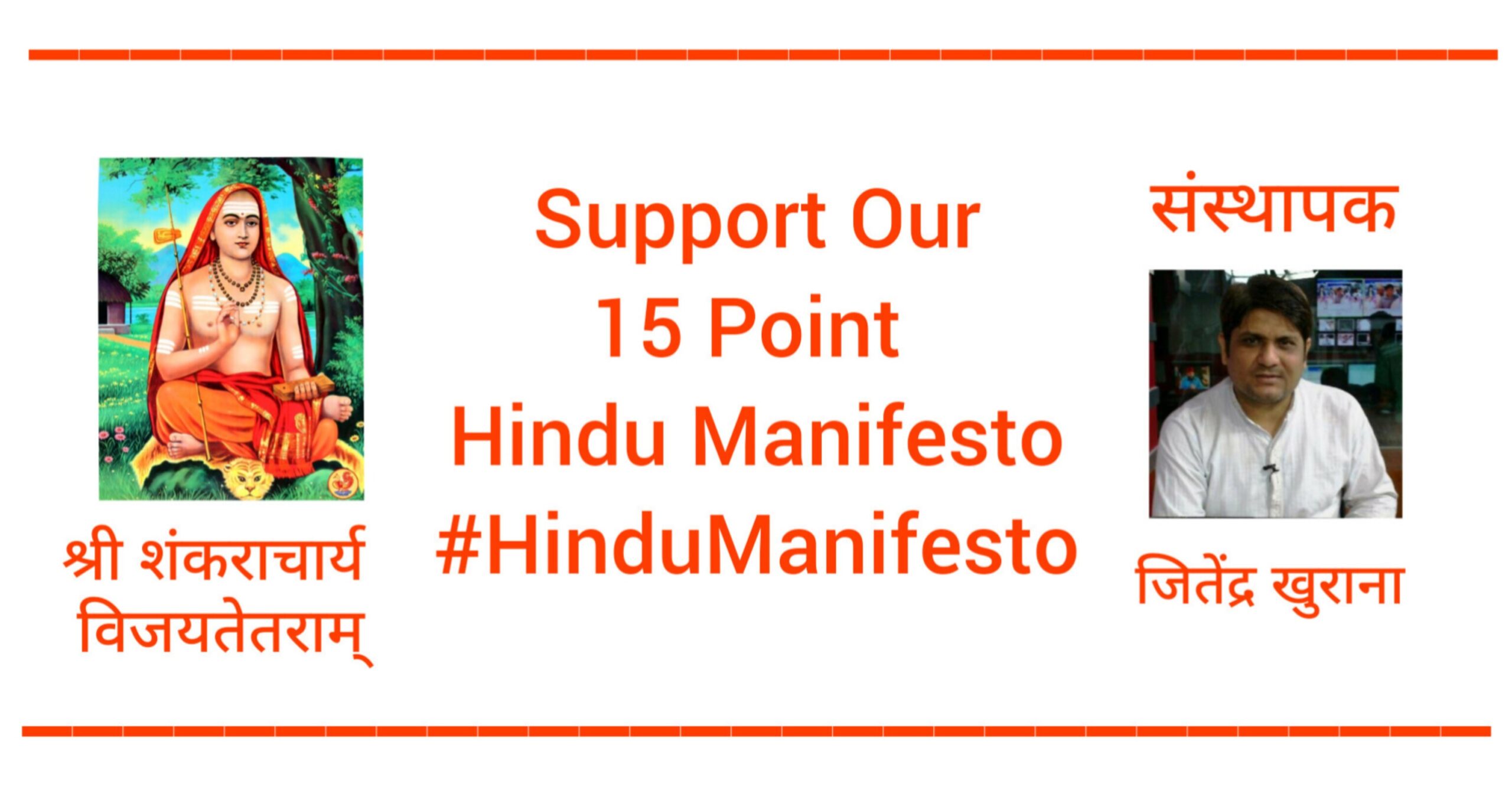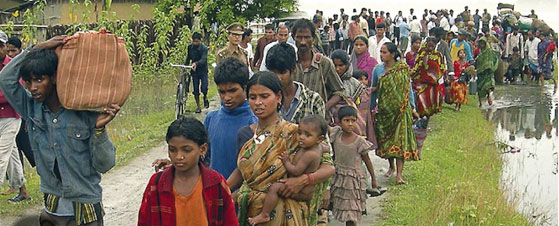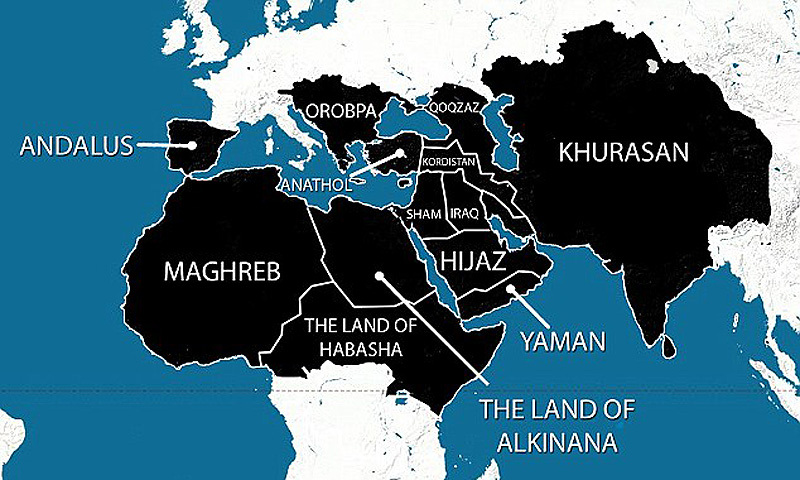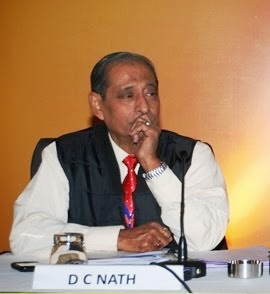Facts On Illegal Immigration from Bangladesh
Written by Shri D.C.Nath (IPS-1960)
The writer is Ex-IPS and served as Special Director, Intelligence Bureau. He is also author of a highly acclaimed book, Intelligence Imperatives for India
An irritating issue between India and Bangladesh having an important bearing on security is the continuous process of illegal migration from Bangladesh to India, stoutly denied by Bangladesh. It is, however, an immutable fact that such illegal migration has led not only to demographic transformation in the border districts of West Bengal and Assam but has also resulted in de facto physical contraction of Indian boundary at some places. No matter what the government in Bangladesh maintains, in dialogue, organized by the Bangladesh Institute of International Strategic Studies, a government body in Dhaka, in August 2001, paper was presented by Prof. Imtiaz Ahmad of Dhaka University describing the border of Bangladesh with India’s north-eastern states as ‘religious border’. He called for a regime of dual voting so that the people residing in that area could vote in both the countries. It has, therefore, been concluded that “considering the communal basis of partition of 1947, the fears of the north-eastern states, particularly of Assam, of another partition looming in case these illegal migrations are not reined in, cannot be brushed aside lightly. We will have more to dilatate on this later in this study.
The fear has been very well described by a well known analyst, ‘As is often noted, Bangladesh is India-locked and the north-eastern areas are Bangladesh-locked’. Briefly speaking, increasing Islamisation in Bangladesh, primarily backed by Pak ISI and growing Chinese interest in that country should continue to engage serious attention of intelligence agencies of India.
Basically, it is a fundamental human issue, often politicised. Attempts are made to push the real problem under the carpet. Bangladesh is a small piece of land. The majority Muslim population has been burgeoning. That is a natural phenomenon in Islam. It is proved by official census figures. So, they move out or have to move out of the country both for space constraints and on economic consideration. The problem is somewhat akin to what has been happening in Kerala. The situation has been rightly compared with the German expression the concept of “lebensraum”.
Many among the Keralites, posted in Nagaland, adjust themselves well in Nagaland. They marry local ladies and settle down there. They merge with the locals so well that the Keralites in Nagaland are considered as the 16th tribe.
In the middle-east, the Keralaites out-number the other Indians. The foreign exchange remittance by Indians is an important part of Indian economy.
One should take serious note of the security implications of the problem.
Where do all these facts take us to? Given the general authenticity of the census figures of the government of India, the cold facts (in the shape of statistics and not assumptions) garnered and analysed by the Institute of Policy Studies, Chennai throw up serious concerns for the security of the nation in the next few decades. Such demographic changes carry all the seeds for separation and subsequent secessionist urge. Happening as there are in security sensitive and critical areas, strategic analysts and planners will have to sit up and devise ways and means to face this demographic challenge with obvious religious overtones. The issues involved cannot be resolved easily or immediately but would require serious attention, action and close monitoring at a high level on a long-term basis. Yet, another division of India, rather parceling out parts of it on the basis of religion, must be prevented at all costs. Let there be no ‘politicking’ about it.
Among the causative factors for such significant demographic changes and challenges is the phenomenon of illegal immigration into India, especially from Bangladesh. By a rough estimate, more than 15 million such immigrants, Muslims as well as Hindus, have found shelters in Indian territory, mostly in the north-eastern states, particularly in Assam and then in West Bengal. The report of the Task Force of Border Management (August, 2000) placed the figure at 1.5 crores with three lakh Bangladeshis entering India illegally every month. Going by a more recent report in the press (The Asian Age, September 28, 2003), quoting the Defence Minister of India, one lakh people infiltrate from Bangladesh every month. The minister was addressing a seminar on ‘Integrated Management of Security’ at Chandigarh. Politics of vote-bank has kept this problem under the wraps for some time, notwithstanding national security implications of such activities. Recently, however, the government of India seems to have sized up the problem but with not much success so far vis-à-vis the government of Bangladesh. The reverberations of the problem of Bangladeshi immigrants have been felt as far as in New Delhi and even in the city of Mumbai. According to reports illegal Bangladeshi migrants, under pressure from the police in the capital city of Delhi, are now shifting their base to J&K where they are being engaged as carriers and messengers by terrorist outfits like the Lashkar-e-Tayyaba and the Jaish-e-Mohammed. According to an authentic report form a former Joint Director in the CBI, the Delhi police had got a member of these Bangladeshi Muslim immigrants settled in Mewat area of Haryana. Mewat has now become the strong hold of the fundamentalist Muslims. Another important point to note is that it is well-nigh impossible to differentiate a Hindu Bangladeshi and a Muslim Bangladeshi. They look the same, speak the same Bengali language of the East Bengal. They can merge with the Hindu population easily. A large number of hence house maids in Delhi, are Muslim ladies. They will say they are from Murshidabad or West Dinajpur.
The illegal migration from Bangladesh, particularly into Assam, would merit a detailed analysis and assessment from the point of view of national security, especially in the context of the most-ill-conceived and highly politicised ‘Black Act’, namely, the discriminatory Illegal Migrants Determination by Tribunal Act (IMDT) of 1983. This is how the former Governor of Assam reported on the ground situation to the president of India:
“As a result of the population movement from Bangladesh, the spectre looms large of the indigenous people of Assam being reduced to a minority in their home state. Their cultural survival will be in jeopardy, their political control will be weakened and their employment opportunities will be undermined. This silent and invidious demographic invasion of Assam may result in the loss of the geo-strategically vital district of Lower Assam (on the border of Bangladesh). The influx of these illegal migrants is turning these districts into a Muslim majority region. It will then only be a matter of time when the demand for their merger with Bangladesh may be made. The rapid growth of international Islamic fundamentalism may provide the driving force for this demand. The Loss of Lower Assam (the area close to Bangladesh border) will sever the entire land mass of the North East from the rest of India and the rich natural resources of that region will be lost from the Nation.”
No wonder, therefore, people see all these as a well-planned strategy, politically orchestrated. A well-known journalist of Assam says, “The plan to alter the demography of Assam and the North-East was set in motion long before the partition of India.” He derives support from C.S. Mullan, the then Census Commissioner of Assam, who in his 1981 Census Report had recorded, “Probably the most important event in the province during the last twenty-five years was an event which seems likely to alter permanently the whole future of Assam and to destroy more surely than did the Burmese invaders of 1820, The whole culture and civilization, has been the invasion of a vast horde of Bengali immigrants, mostly from the Districts of Easter Bengal and in particular from Mymensingh.
The left front government in West Bengal encouraged Bangladeshis to enter the state for vote bank politics. They were given, IDs ration cards, etc in order to regularize them as Indian citizens.
A new assuring development has been that one Assamese lawyer Shri Upamannyu Hazarika, practising in the Apex court had recently taken the matter to the Apex court. The court appointed Hazarika as the Chairman of the Hazarika Commitee. This Committee has since submitted its report. Earlier, he had built up a team of Assamese youths for identifying Muslim infiltrators after 1971 and done good work.
The illegal immigration by Bangladeshi Muslims, however, continues. Technically, it is illegal immigration by the Muslims. For the Hindus from Bangladesh, it is migration to fend for themselves.
In any case, thanks to government’ apathy towards them, they do not get some sympathetic consideration.
By way of some solution to this tricky and ticklish issue, Shri S K Sinha, who had studied the subject in depth recommends that the illegal migrants, after being identified, can be allowed to stay in India as stateless citizens with no voting rights (unlike that dual citizenship and voting rights on both sides recommend by Imtiaz Ahmed, mentioned earlier), and not to acquire any immovable property. This could be humane solution.
From all indications, another “Nalbari” is waiting to happen.
We hope the present NDA government is seized with the situation on the ground.
Disclaimer: The facts and opinions expressed within this article are the personal opinions of the author. www.HinduAbhiyan.com does not assume any responsibility or liability for the accuracy, completeness, suitability, or validity of any information in this article.
Follow us on Facebook- https://www.facebook.com/HinduJagranAbhiyan/






